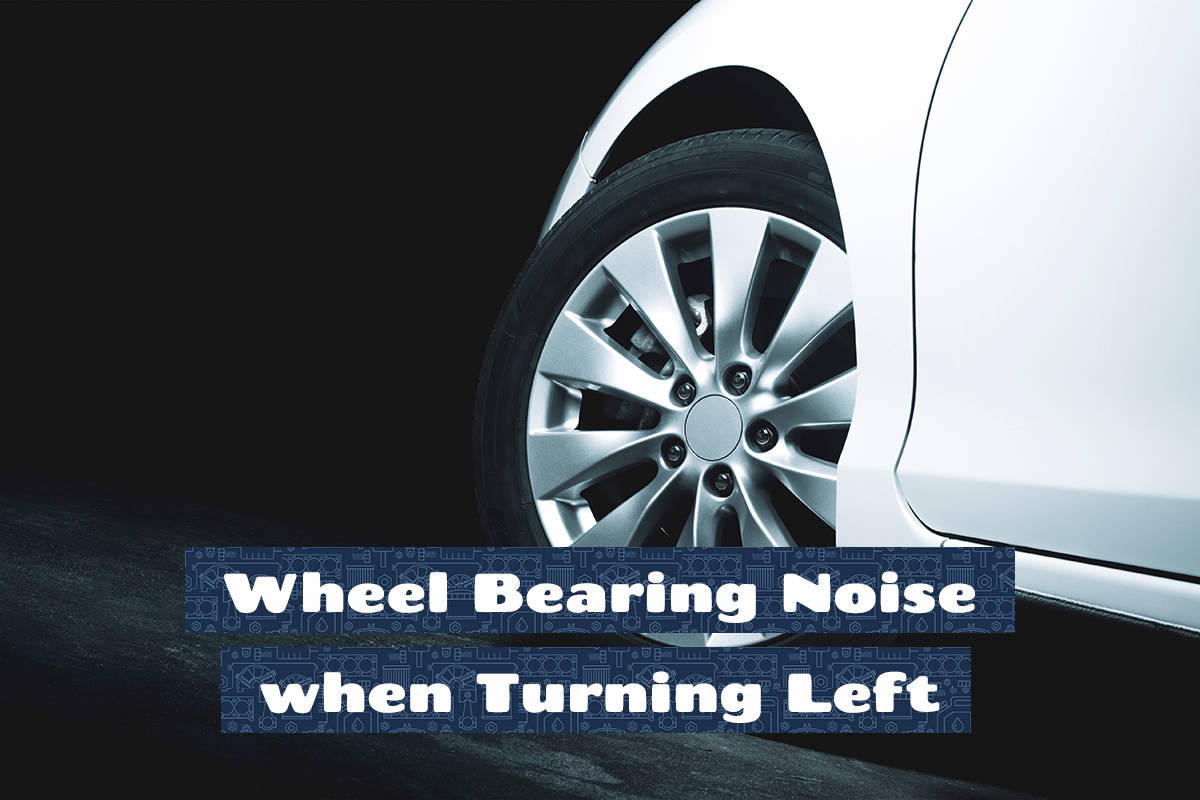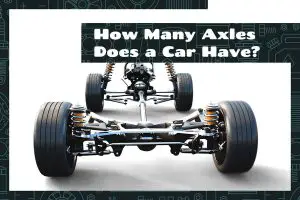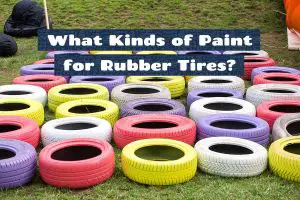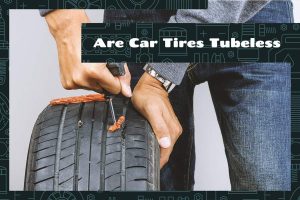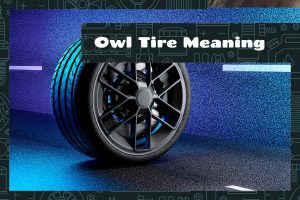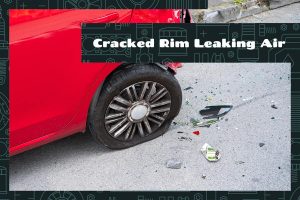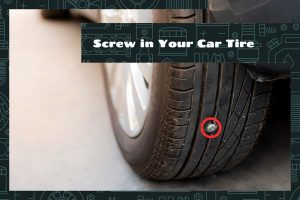Wheel bearings help your wheels rotate smoothly. They’re generally low-maintenance and long-lasting, but like any other part, they can wear out over time. When they do, one of the first signs is often a grinding, howling, or chirping noise that becomes prominent when you make turns.
Wheel bearings make noise when you turn left due to the increased side load on the right wheel bearing. The turn puts extra stress on the bearing, exposing any wear or damage.
This guide will cover the basics of wheel bearings, why they make noise particularly when turning left, and what you can do about it.
What Is a Wheel Bearing?
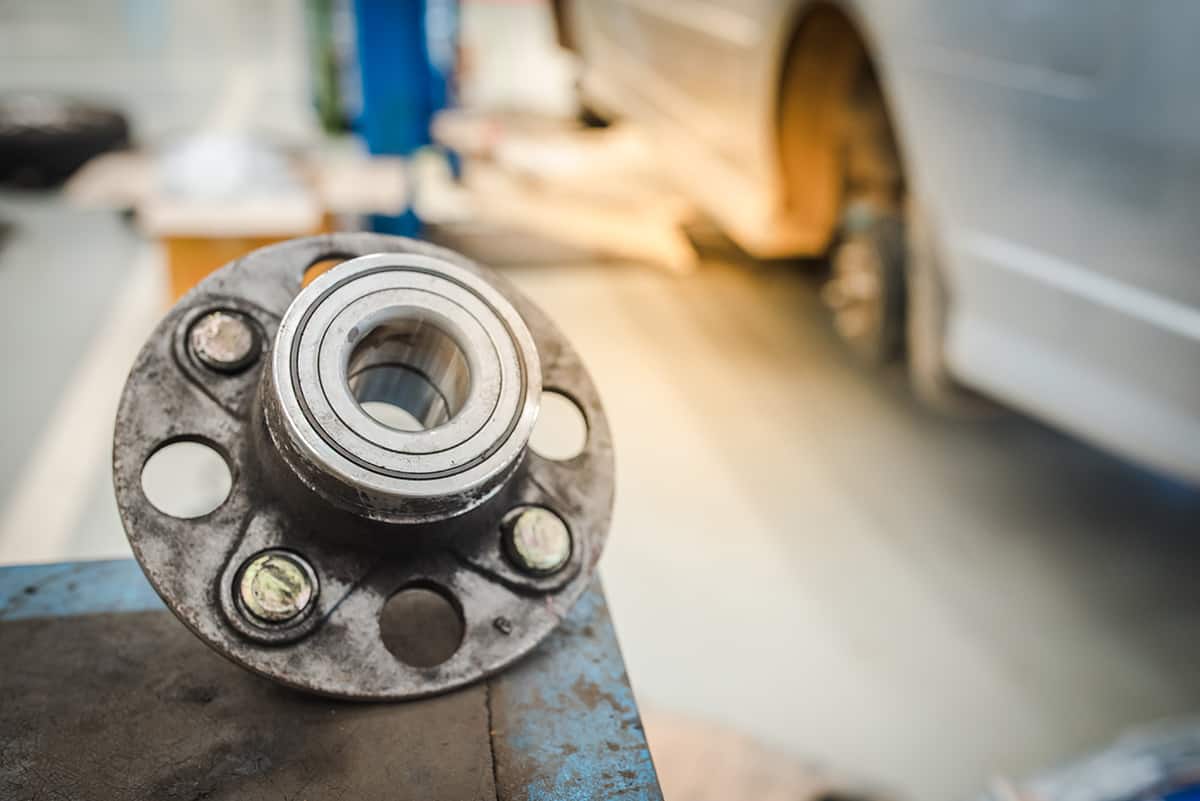
A wheel bearing is a set of steel balls or tapered rollers held together by a metal ring. This component allows the wheel to spin freely on the axle.
Function of Wheel Bearings
First and foremost, they help in the smooth rotation of the wheel. When you’re driving, they ensure that the wheels can spin with minimal friction, making your drive more efficient and comfortable.
Next, they handle the load and force exerted on the wheels. Whether you’re accelerating, braking, or taking a sharp turn, the wheel bearings are hard at work, distributing the forces evenly. This helps to prolong the life of your tires and contributes to the overall stability of your car.
Types of Wheel Bearings
There are several types of wheel bearings, which we’ll cover below:
- Ball Bearings: These are the most common and are used in a variety of applications. They can handle both radial and thrust loads but are usually found in smaller, lighter vehicles.
- Roller Bearings: Unlike ball bearings, these are cylindrical and can carry a greater load. However, they are less adept at managing thrust loads. They are generally found in larger vehicles like trucks.
- Tapered Roller Bearings: These are a sort of hybrid. They can handle both radial and thrust loads like ball bearings, but they can carry a greater load like roller bearings. These are often used in car wheels.
- Needle Bearings: These are similar to roller bearings but are much smaller in diameter. They are commonly used in places where space is at a premium.
Common Symptoms of Faulty Wheel Bearings
If you’re dealing with bad wheel bearings, your car won’t keep it a secret. These symptoms range from noises to wobbles and can be more pronounced depending on the speed and the type of road you’re driving on.
1. Noise When Turning
At first, it might be faint, but it becomes more noticeable as the issue worsens. This noise often intensifies when you’re turning the car, especially when making sharper turns at higher speeds. The reason for this is simple: turning places additional stress on the wheel bearings.
2. Vibrations
Unlike the wheel balance issue that goes away at certain speeds, vibration due to a faulty wheel bearing gets progressively worse as the car accelerates. The reason is that the bearing is unable to properly support the wheel in motion.
3. Vehicle Pull
This happens because the damaged bearing can no longer maintain a straight wheel alignment. While a vehicle pull can be a sign of various issues, combined with other symptoms, it can point to a failing wheel bearing.
4. Wobbly Wheels
This is a grave concern as it affects the stability of your vehicle, especially at high speeds and during turns. The wobble is a result of the wheel bearing’s inability to hold the wheel in a stable position.
5. ABS Malfunction
A damaged wheel bearing can cause the Anti-lock Braking System (ABS) to malfunction, triggering the ABS warning light on your dashboard. While your brakes will still function, they might not perform optimally, especially during sudden stops.
Why the Noise Specifically When Turning Left?
If your car seems to be singing a screechy or grinding song only when you turn left, you’re probably dealing with an issue that’s a bit more focused. Let’s focus on what may be the underlying cause of left-turn squealing.
1. Increased Load on the Right Wheel Bearing
When you take a left turn, the physics of the maneuver place a greater side load on the right-hand wheel bearing. This is due to the centrifugal force that pushes the car outward during the turn. The right-side wheel has to bear more of the vehicle’s weight and the forces at play.
2. Directional Stress and Wear Patterns
Bearings typically experience stress in multiple directions, but the stress isn’t evenly distributed. During a left turn, the directional stress focuses more on the right wheel bearing, exacerbating any existing wear patterns. This means that a bearing that’s starting to fail might only reveal itself under these specific conditions.
3. Inadequate Lubrication
While lubrication is essential for the smooth operation of any wheel bearing, its importance is magnified during a turn. A poorly lubricated bearing will have more internal friction when you’re turning left, making it more likely to generate noise.
4. Interaction with Other Car Parts
The noise may not be solely due to the wheel bearing itself but may also involve interaction with other parts like the CV joint or even the brake system. For instance, if your wheel bearing is loose, it may cause misalignment issues that can make other parts noisy during a turn.
Wheel Bearing Replacement Process
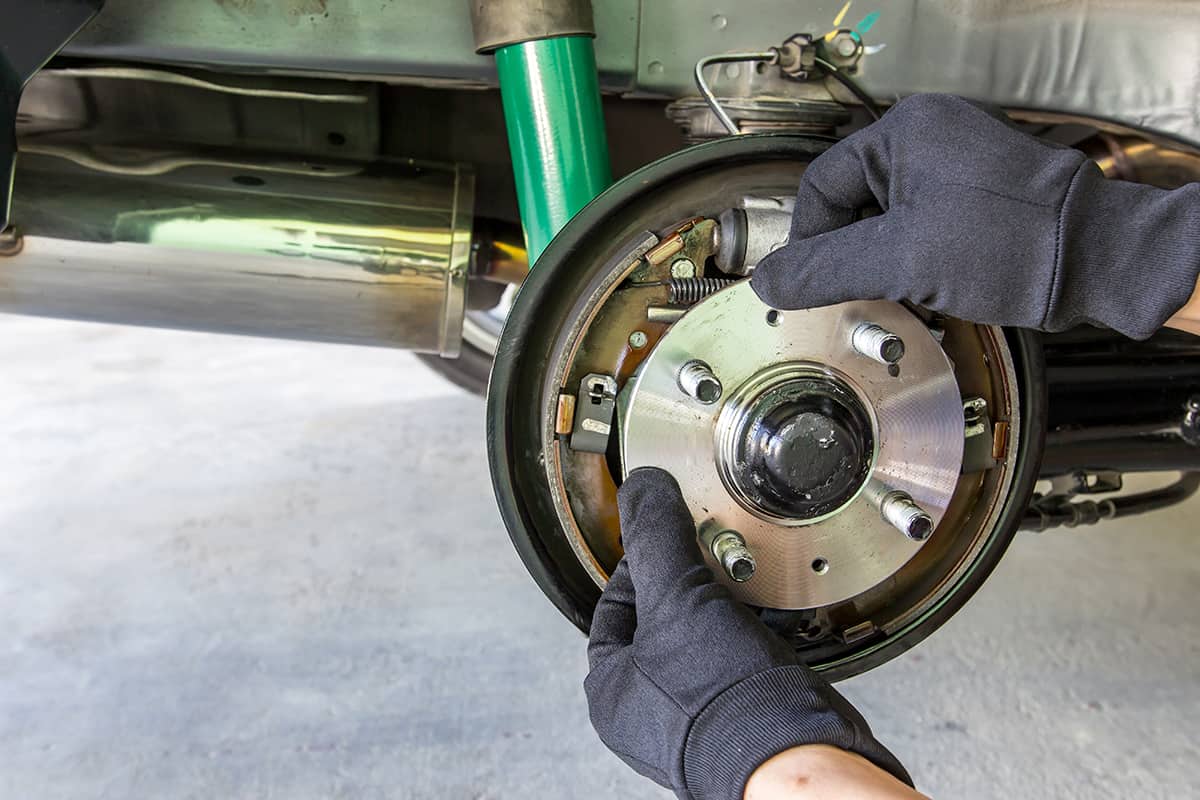
If you’ve identified that your wheel bearing is faulty, the only viable solution is to replace it. Repairing a damaged wheel bearing isn’t an option; the entire unit needs to be swapped out for a new one. This isn’t a patch-up job—it’s a replacement. We’ll provide a general guideline on the replacement process, but feel free to contact a mechanic if you don’t feel comfortable DIY-ing it.
Gathering Tools and Supplies
Before diving in, make sure you have all the tools and supplies needed for the job. This typically includes a jack and jack stands, a lug wrench, a socket set, a screwdriver, a hammer, and a torque wrench. It’s also advisable to wear safety gear, including gloves and eye protection. And, of course, you’ll need the new wheel bearing.
1. Prepping the Car
Jack up the car and place it on jack stands. Remove the wheel by taking off the lug nuts, granting access to the wheel bearing hub assembly.
2. Removing Brake Components
Unscrew and remove the brake caliper and rotor to reach the wheel bearing. Keep these parts for reinstallation.
3. Taking Out the Old Bearing
Locate the hub assembly held by an axle nut and perhaps additional bolts. Use your socket set and torque wrench to remove them. Tap it free with a hammer if necessary.
4. Cleaning and Quick Check
Wipe the area clean and inspect adjacent components like brake pads for wear. Replace damaged parts if needed.
5. Installing the New Bearing
Insert the new bearing into the hub, aligning it properly. Install and torque the mounting bolts and axle nut according to specifications.
6. Reassembling Brakes and Wheel
Reinstall the brake rotor and caliper. Tighten all bolts securely. Replace the wheel and fasten it with lug nuts.
7. Lower Car and Test Drive
Lower the car back down. Perform a last bolt check before test driving. Pay attention to noises and feel while turning left to confirm the fix.
Costs and Time Involved
Replacing a wheel bearing is not the cheapest fix, but it’s a necessary one. Costs can vary greatly depending on the make and model of your car and whether you do it yourself or take it to a mechanic.
Typically, it can range from $300 to $700 at a professional shop. If you’re doing it yourself, the bearing itself can cost between $50 and $200. Time-wise, expect to spend a few hours on this if you’re a DIYer.
